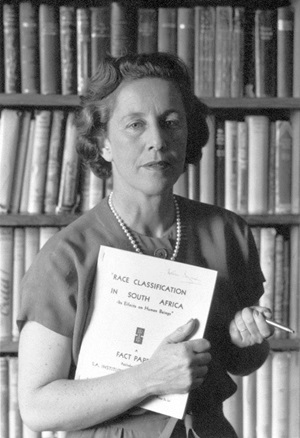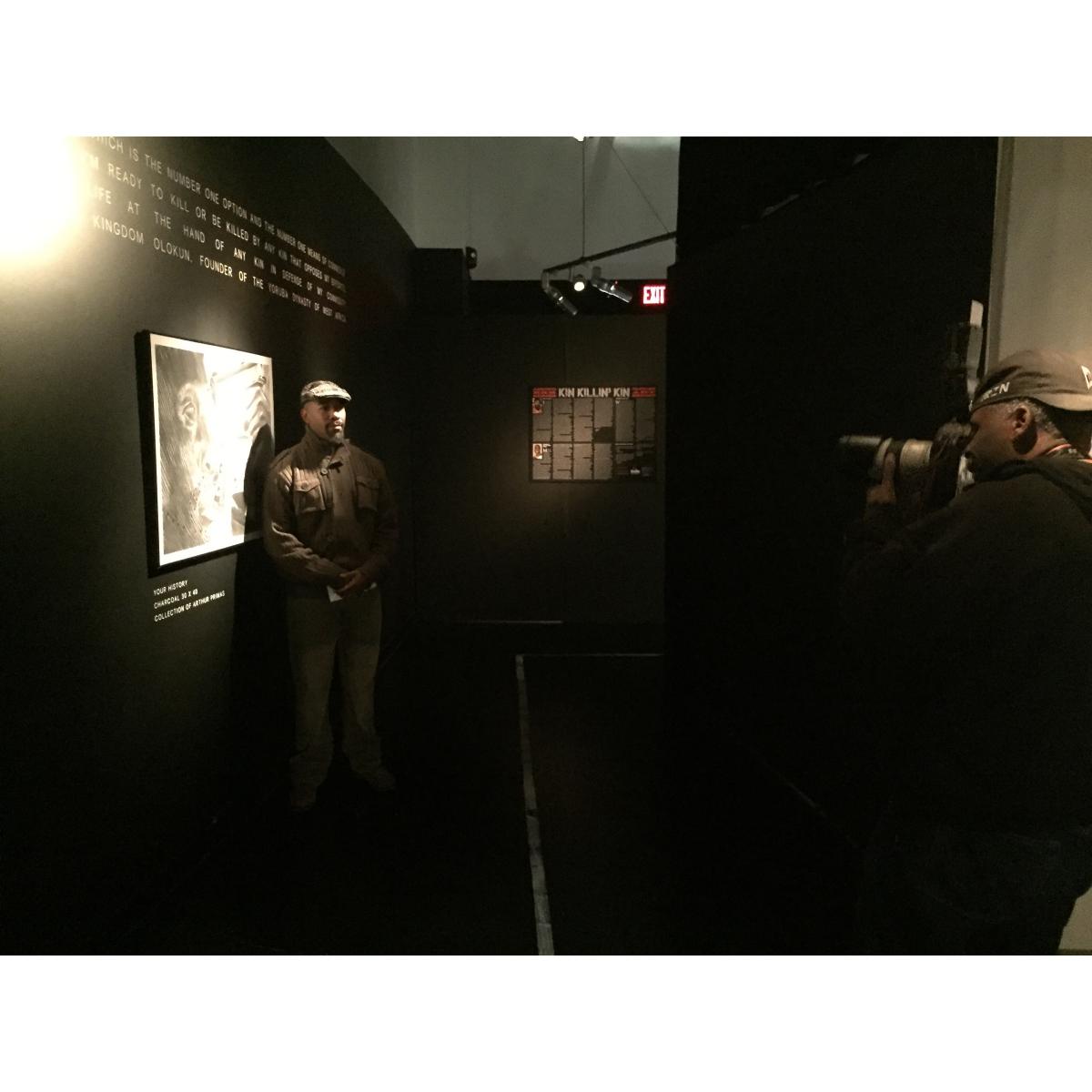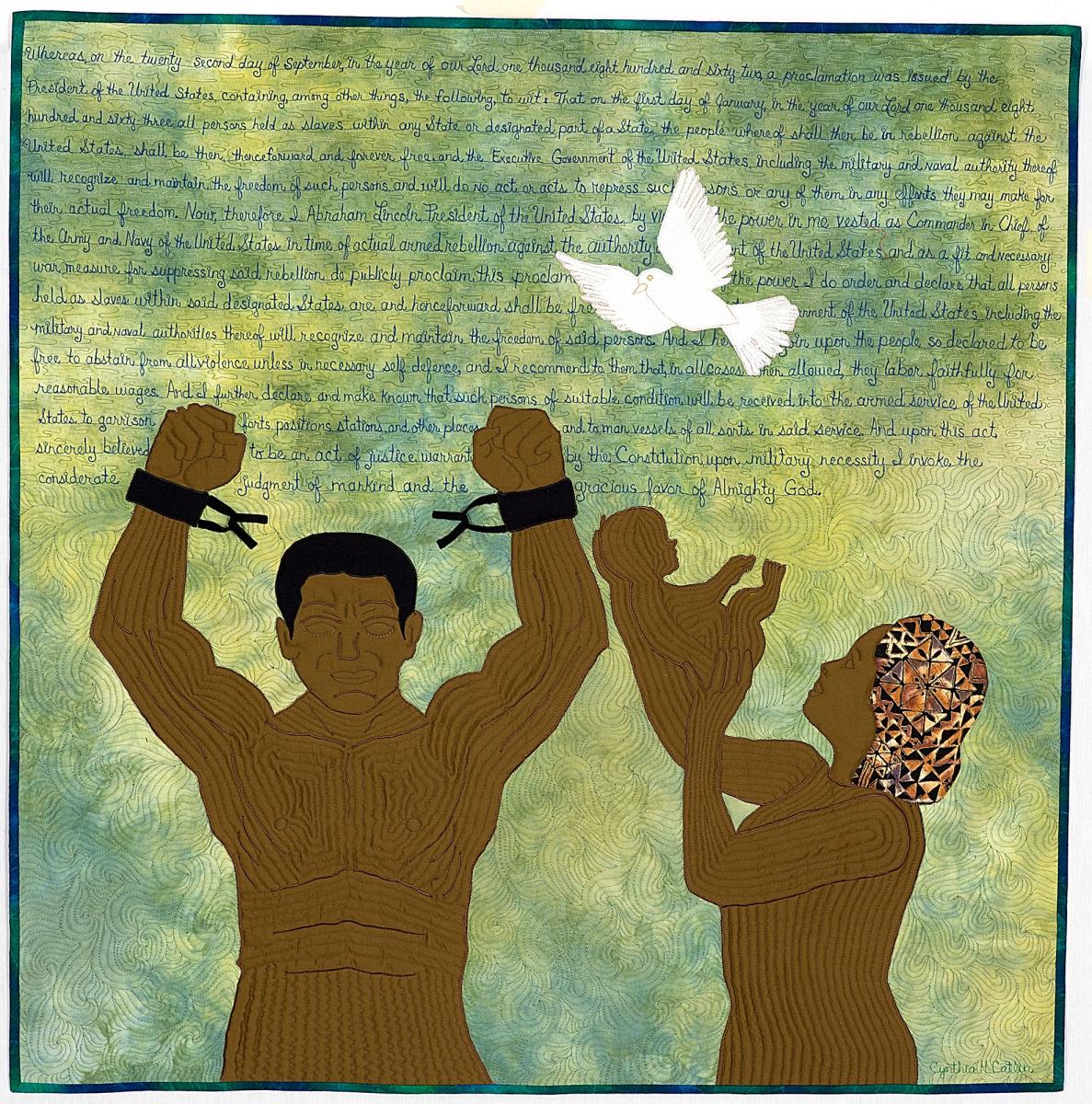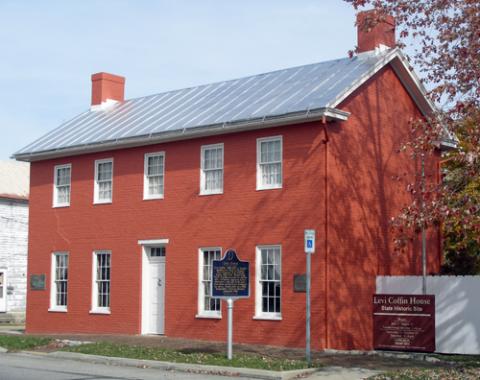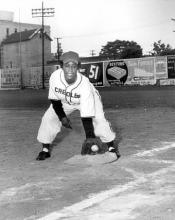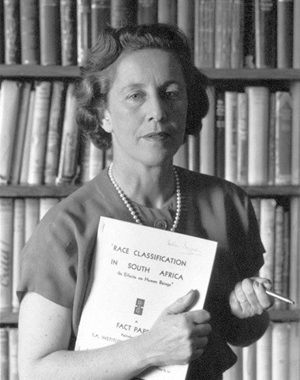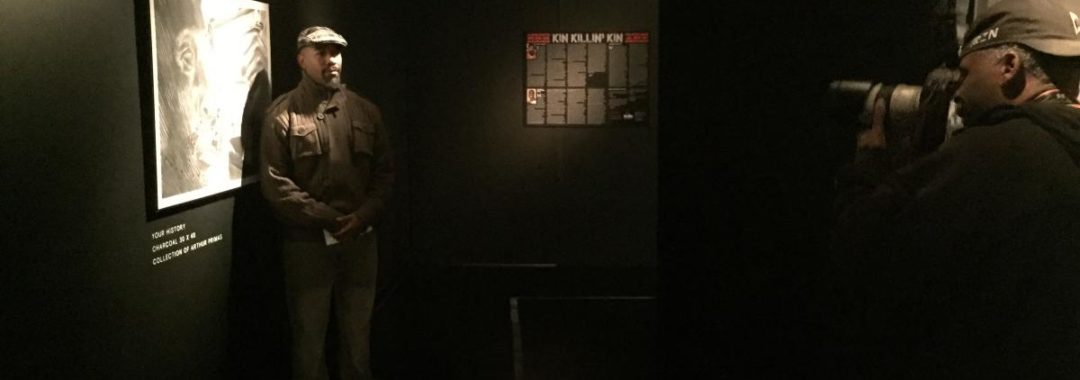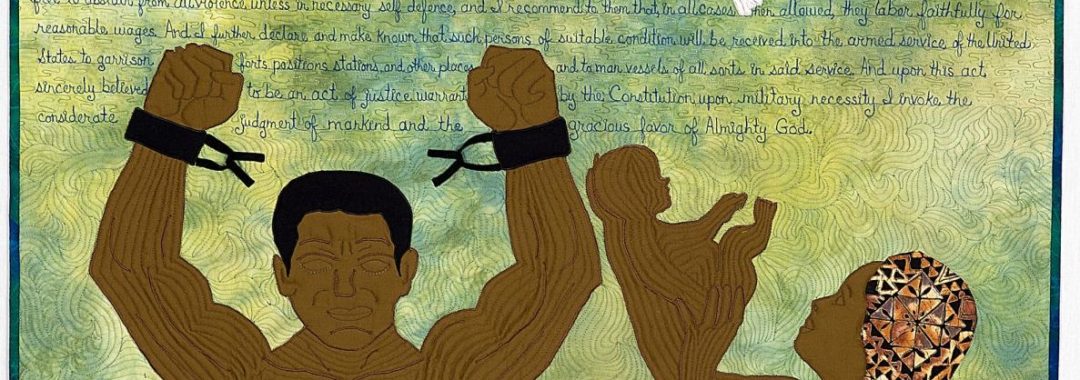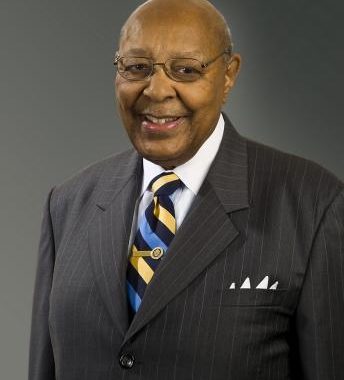Tonight’s discussion is named in honor of another great freedom fighter and advocate for human rights, Helen Suzman—a Jewish South African anti-apartheid activist and parliamentarian whose public criticism and opposition to the governing National Party’s apartheid policies made her an outsider and target. Suzman continued to speak out against the horrors of apartheid despite continued threats and harassment during her 36 years in parliament (1953-89), working with Nelson Mandela while he was imprisoned on efforts that would aid in garnering support for the victims of apartheid.
The panel will be moderated by Rabbi Miriam Terlinchamp, rabbi and spiritual leader of Tempe Sholom in Amberley Village. Panelists include: Iris Roley, a freedom advocate for 13 years who designed and monitored Cincinnati Police Department reform as project manager for the Cincinnati Black United Front, Jennifer L. Branch, partner in Gerhardstein & Branch, the firm that won the landmark Obergefell v. Hodges case, which held that the 14th amendment requires States to license and recognize same-sex marriages, Dr. Catherine Roma, founder of several choirs including MUSE, Cincinnati’s Women’s Choir, who has commissioned musical works across the barriers of race, class, sexual orientation, age, and imprisonment and Marian Spencer, civil rights icon in the Cincinnati community who led the effort to desegregate Coney Island, headed the NAACP, served on Cincinnati Council and was at the forefront of numerous civil rights gains of the past half-century. Click here to RSVP for the evening’s event. Click here to learn more about HUC-JIR’s special exhibit, Helen Suzman: Fighter for Human Rights, on view through January 24.
Want the latest on upcoming special exhibitions, events and programs? Follow us on Twitter and Instagram, @FreedomCenter and on Facebook, for more historical posts and images.
Assia Johnson, Public Relations and Social Media Coordinator
